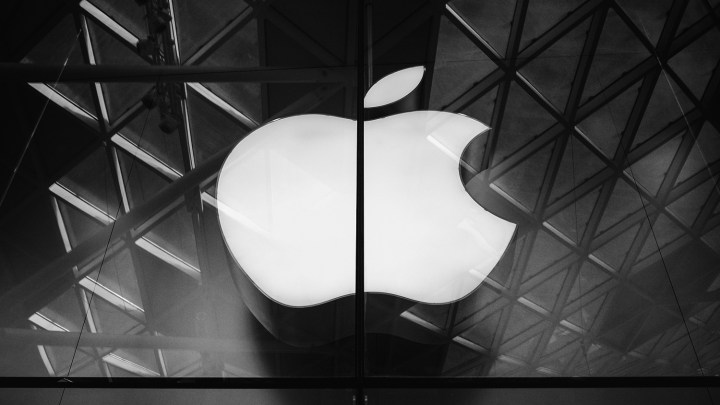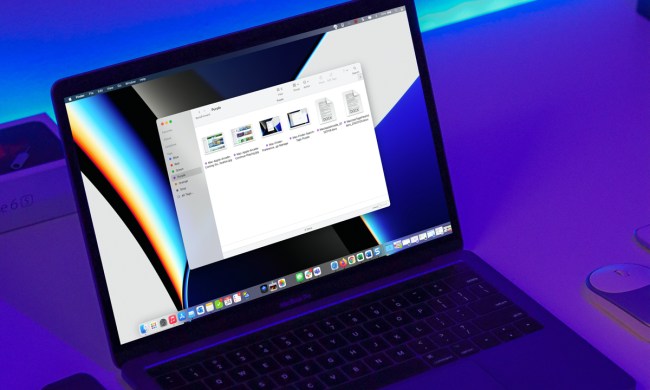
The phone depicted isn’t identical to the Note 7 or any other curved-screen handset on the market, granted. According to the patent, its screen — a single panel that theoretically stretches from the phone’s left-hand side to its right and bends around its bezels — would feature a thin demarcating line between its flat and curved surfaces. The separation would be achieved artificially “by one of three means: patterned” glass, printed or painted masking material, or “selectively [activated] and [deactivated] display pixels” — i.e., portions of the screen that would dim as needed.
Apple sees those screens around the margins as ripe for control scheme potential. They might contain “virtual buttons” or “virtual switches” which could trigger or control “lenses, haptic feedback … audio … or other components” when pressed. The document goes on to describe a gesture-based system of control — tapping or sliding across the edge could bring up video or music playback controls, for instance, or a truncated display settings menu.

If any of that sounds familiar, that’s because it’s reminiscent of the curve-centric software that ships on the Galaxy S7 Edge. Apps Edge, Task Edge, and People Edge, and lets you assign shortcuts to applications, functions, and contacts that permanently inhabit the display’s curved bezels. Information stream, meanwhile, relegates at-a-glance feeds like missed calls, messages, news headlines, and Facebook status updates to the handset’s curved screen. It lights up when someone calls or texts — you can associate colors with certain contacts — and third-party tools extend it further (one, coincidentally, allows you to control music playback from S7 edge’s side-facing screen).
Patents aren’t always great predictors of future products. Apple’s “magic” glove system has yet to make an on-stage debut, as does its ultrasonic Touch ID sensor. But that’s not to say a curved-edge iPhone display with killer accompanying software features will never see the light of day. Patently Apple notes that the patent has been revised “three times in 15 months,” suggesting internal development is ongoing, and the company filed a design concept for a handset with a flexible, wraparound, bezel-free display earlier this year.
It’s not out of the question that a future iPhone may sport a few of the aforementioned features described. But Samsung, no doubt, would have something to say about it.

